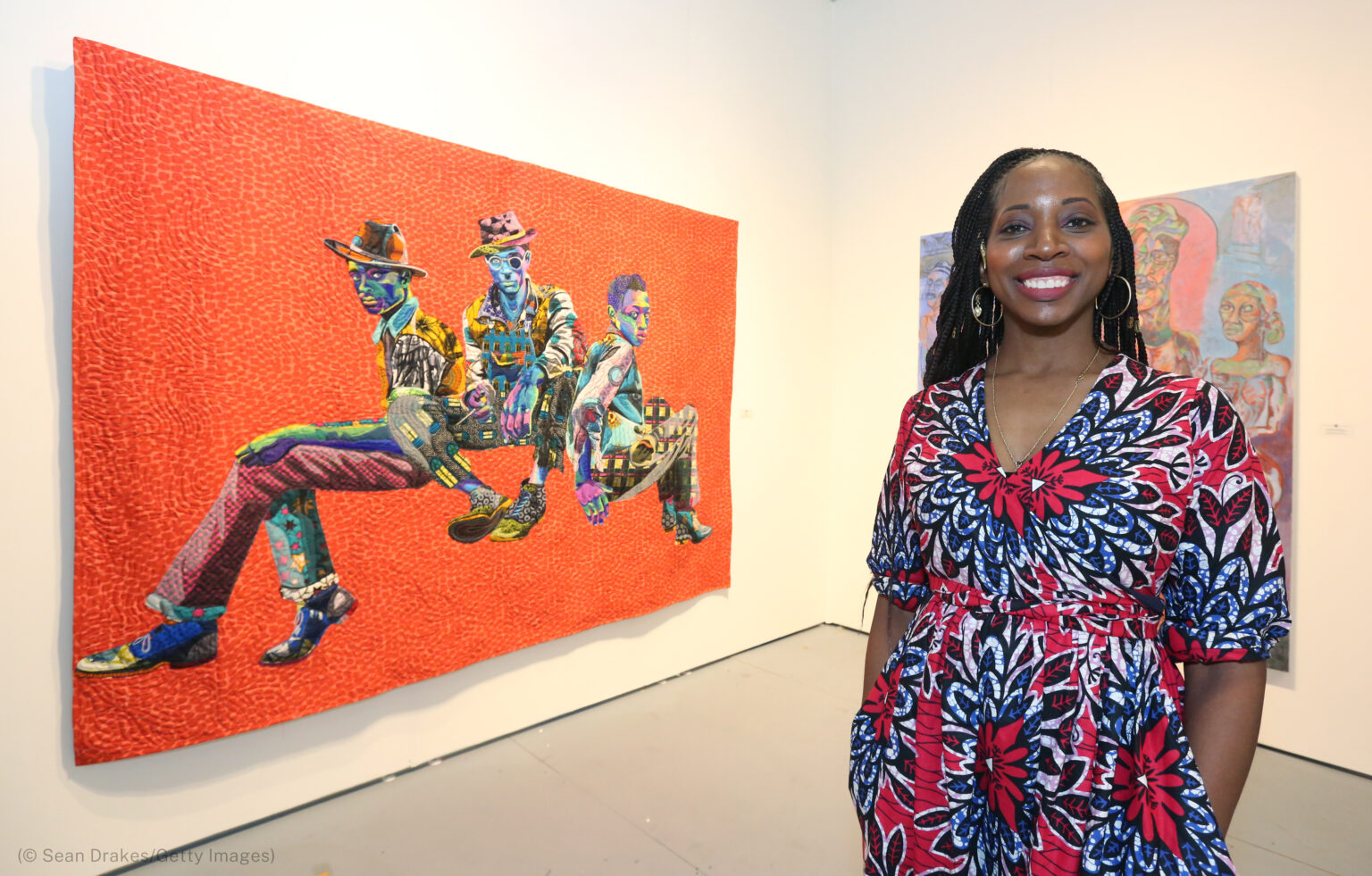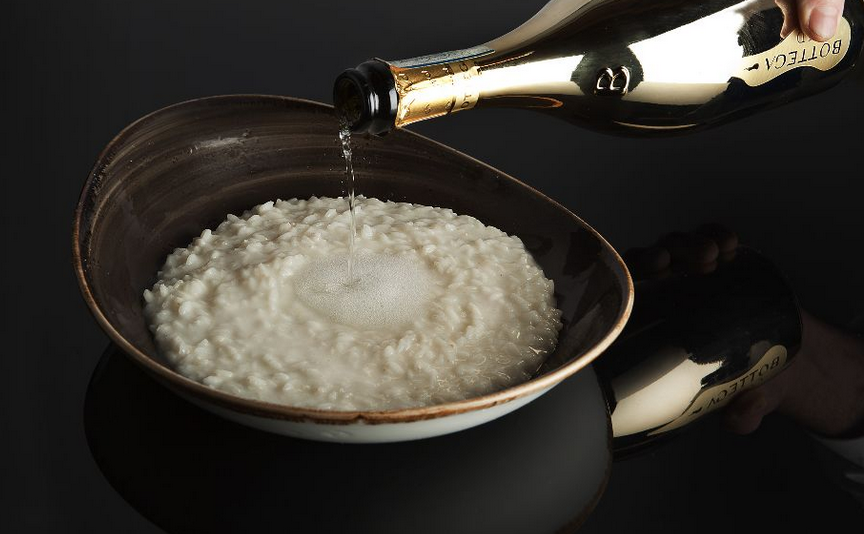African American artists have long captured imaginations and influenced other artists worldwide.
From the jazz musicians of the 1950s and 60s, to global stars like Tina Turner and Prince, to Toni Morrison and other writers who transformed America’s literary landscape, Black artists have helped define their country’s cultural landscape.
During Black History Month, highly acclaimed U.S. artists whose work offers unique perspectives on African American life, and their work, were celebrated. For one, textile artist Bisa Butler’s painting-like “portrait quilts” celebrate Black life in vivid colours using materials ranging from cotton, silk, velvet and leather to African batiks and prints.
From South Orange, New Jersey, Butler creates monumental pieces that offer fresh takes on historical figures or capture the vibrancy of everyday African American life. “Somehow I feel like they’re calling out to me,” Butler (pic) said in 2021 of how she chooses her subjects.
“I describe my artwork as a quilted photo album of a Black family. But it’s the Black diaspora family,” she said. “I see the dignity and the beauty. So I want other people to see that.”
Misty Copeland, the first Black woman promoted to principal dancer for the prestigious American Ballet Theatre (ABT) in New York, has starred in iconic ballets including Swan Lake, Romeo and Juliet, Don Quixote and the holiday classic The Nutcracker. After starting ballet at the relatively late age of 13, Copeland earned spots at top ballet schools and joined ABT’s main company in 2001.
She became one of the youngest ABT dancers to earn a soloist role in 2007, before being promoted to principal dancer in 2015.
Copeland said, in 2008, that she had felt culturally isolated as an African American ballerina and wasn’t prepared for being singled out as a role model for young dancers of colour. In 2021, she launched a nonprofit to expand access to dance education and increase diversity in ballet.
Blues-rock guitarist Eric Gales, from Memphis, Tennessee, believes music is without limits. Naturally right-handed, Gales plays guitar left-handed and holds the instrument upside down, while blending styles ranging from “metal to avant-garde rock,” to “the blues to classical and everything in between,” he told Music Radar.
Hailed as “one of the greatest guitarists alive today,” Gales started playing guitar at age 4 and released his first album at 16. He credits influences ranging from rock legend Jimi Hendrix and blues great Albert King to Australian jazz hero Frank Gambale.
Gales has recorded 19 albums for major labels and his blistering live performances have made fans of guitar legends like Carlos Santana and Eric Clapton.
Poet Terrance Hayes strives for language that communicates feeling the way music does. Noted for his fluid phrasing and reflections on life as an artist and Black man, Hayes is regarded as one of the most compelling voices in American poetry.
The South Carolina native has authored seven poetry collections, including Lighthead, which won the National Book Award in 2010. The collection introduced the “golden shovel” form, which borrows a line from an existing poem and incorporates each word in a new poem. He’s won numerous honors, including a MacArthur “genius” fellowship.
“I think music is the primary model — how close can you get this language to be like music and communicate feeling at the base level,” Hayes, an English professor at New York University, told the University of Pittsburgh’s Hot Metal Bridge literary magazine in 2013. “Language is always burdened by thought. I’m just trying to get it so it can be like feeling.”











